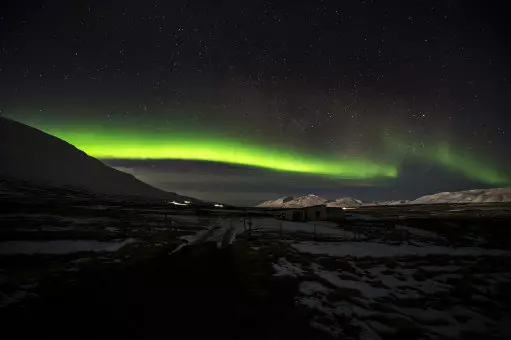
Parts of the world could light up with the spectacular glow of the Northern Lights this evening, with an increase in solar activity meaning there is a greater chance of seeing the Aurora Borealis in Canada, northern US, Scandinavia, Scotland and even in England.
Space-weather forecasters have issued a 'G2 alert' for the evening, the second lowest classification on the geomagnetic storm scale, with geomagnetic activity expected to increase, due to a geomagnetic storm taking place.
Advert
This will increase the solar wind speed - sending huge numbers of charged particles from the Sun towards Earth at around one million miles per hour, Channel 4 reported.
The British Geological Survey, Aurorawatch UK and US body Space Weather Prediction Centre have all reported heightened opportunities of spotting the aurora this evening.
To see what it may look like if it appears, see this amazing footage captured last year in Canada...
Credit: Newsflare
According to Auroroa Watch, Aurora may be visible by eye in Scotland and by camera from northern England and Northern Ireland. The lights are also predicted to be visible in northern areas of the US, including South Dakota, Iowa, Montana and Washington.
To see the Northern Lights, it is important to have clear, dark skies overhead, meaning that areas away from light pollution in towns and cities give would-be spectators the best chance of catching a glimpse of the lights.
There are two types of auroras - Aurora Borealis, meaning 'dawn of the north', and Aurora Australis, 'dawn of the south'.
The lights are created when charged particles from the sun enter Earth's atmosphere. Usually the particles are deflected by the Earth's magnetic field, but some enter the atmosphere and collide with gas particles. In turn, these collisions emit light, in colours such as pale green and pink.
Featured Image Credit:Topics: UK